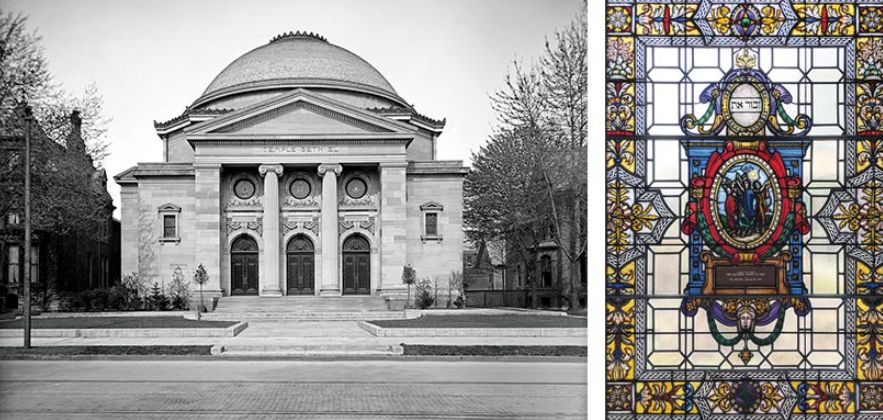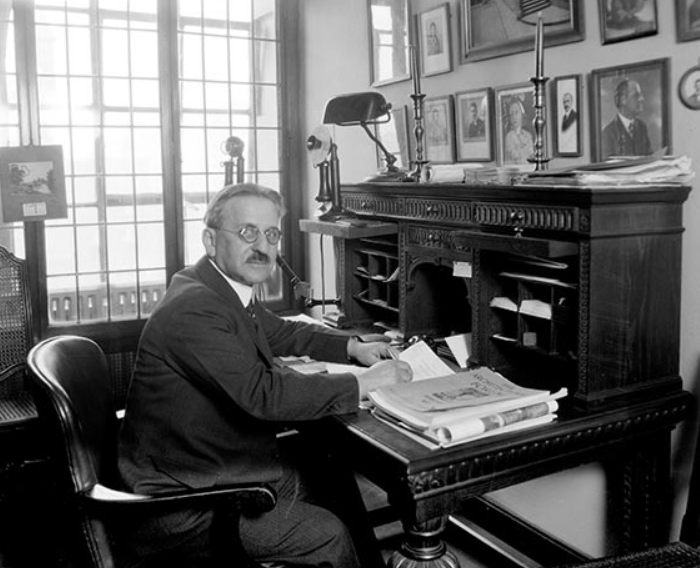Albert Kahn, often hailed as America’s most influential industrial architect, revolutionized early 20th-century factory design. His innovative use of reinforced concrete, steel frameworks, and expansive glass surfaces enhanced natural light and ventilation, significantly improving working conditions. Collaborating closely with Henry Ford, Kahn’s designs for the Highland Park and River Rouge plants were instrumental in implementing the assembly line, reshaping industrial production methods. His pragmatic approach and client-focused philosophy laid the groundwork for modern industrial architecture, influencing European modernists like Walter Gropius and Le Corbusier.
Born on March 21, 1869, in Rhaunen, Germany, Kahn immigrated to the United States in 1880, settling in Detroit. Despite leaving formal education after the seventh grade to support his family, his mother recognized his artistic talent and arranged for him to study under sculptor Julius Melchers. Kahn began his architectural career as an office boy at John Scott’s firm, later joining Mason and Rice, where he advanced from draftsman to key designer. In 1891, he earned a $500 travel scholarship, allowing him to study European architecture, further refining his design sensibilities.
In 1895, Kahn founded Albert Kahn Associates, pioneering the integration of architecture and engineering. Collaborating with his brother Julius, they developed the “Kahn System,” utilizing reinforced concrete to create expansive, fire-resistant industrial spaces. This innovation led to commissions from major automakers, including Ford, General Motors, and Chrysler. Kahn’s firm designed over 1,000 projects for Ford alone, including the iconic River Rouge Complex, which became the world’s largest manufacturing facility.

The former Temple Beth El on Woodward Avenue in Detroit was designed by Albert Kahn and George D. Mason and completed in 1903
Kahn’s architectural prowess extended beyond industrial buildings. He designed numerous Detroit landmarks, such as the Fisher Building, Detroit Athletic Club, and General Motors Building. His contributions to the University of Michigan’s campus include Hill Auditorium, Angell Hall, and the William L. Clements Library. Between 1929 and 1932, Kahn’s firm also played a pivotal role in the Soviet Union’s industrialization, designing 521 factories and training over 4,000 Soviet architects and engineers.
By 1938, Kahn was responsible for 19% of all architect-designed industrial facilities in the U.S. At his death in 1942, he had secured $200 million in defense contracts, including projects like the Willow Run Bomber Plant and various naval bases. His legacy endures in the enduring structures that continue to define Detroit’s skyline and in the principles of industrial design he championed.


